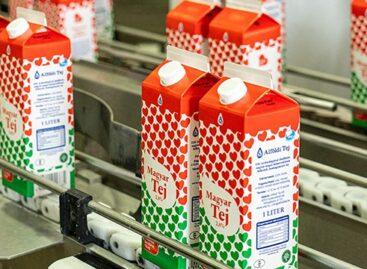The difference between the producer and consumer price of eggs is gross
After the end of the price cap, legislation came into effect that obliges supermarket chains with high turnover to sell eggs at the gross purchase price. As a result, the shop price does not reflect the real costs, since the abolition of the price cap and the ban on selling below the purchase price made it possible to sell at a lower price. However, this situation causes difficulties for the actors operating in the farmers’ markets, as it is becoming more and more difficult to sell goods in the midst of price competition.
 However, this legislation gives retail chains the opportunity to advertise more attractive promotions in the period before Easter. The lifting of the ban on sales below the purchase price provides some leeway for commercial chains, but this possibility is not a solution for all market participants.
However, this legislation gives retail chains the opportunity to advertise more attractive promotions in the period before Easter. The lifting of the ban on sales below the purchase price provides some leeway for commercial chains, but this possibility is not a solution for all market participants.
This does not mean an improvement for the actors operating in the producers’ markets, since they are not subject to the mandatory promotions, and they cannot count the usual profit on the purchase price, which increases their competitive disadvantage compared to small chains. The price paid by consumers therefore depends to a large extent on the current promotional compulsion, and the differences between prices can be a significant problem for market participants.
Related news
Hungarian egg white slices were also bitten into in Vilnius and Riga
🎧 Hallgasd a cikket: Lejátszás Szünet Folytatás Leállítás Nyelv: Auto…
Read more >Egg prices near record high: European shortage caused by bird flu drives up prices
🎧 Hallgasd a cikket: Lejátszás Szünet Folytatás Leállítás Nyelv: Auto…
Read more >The Undiscovered Wonders of Eggs: Choline, Tryptophan, and More
🎧 Hallgasd a cikket: Lejátszás Szünet Folytatás Leállítás Nyelv: Auto…
Read more >Related news
Crowds return to stores: margin cap and year-end preparations drive retail traffic
🎧 Hallgasd a cikket: Lejátszás Szünet Folytatás Leállítás Nyelv: Auto…
Read more >The kings of the New Year’s Eve list: hot dogs and champagne in abundance
🎧 Hallgasd a cikket: Lejátszás Szünet Folytatás Leállítás Nyelv: Auto…
Read more >The Alföldi Tej case is drifting towards an uncertain outcome
🎧 Hallgasd a cikket: Lejátszás Szünet Folytatás Leállítás Nyelv: Auto…
Read more >






